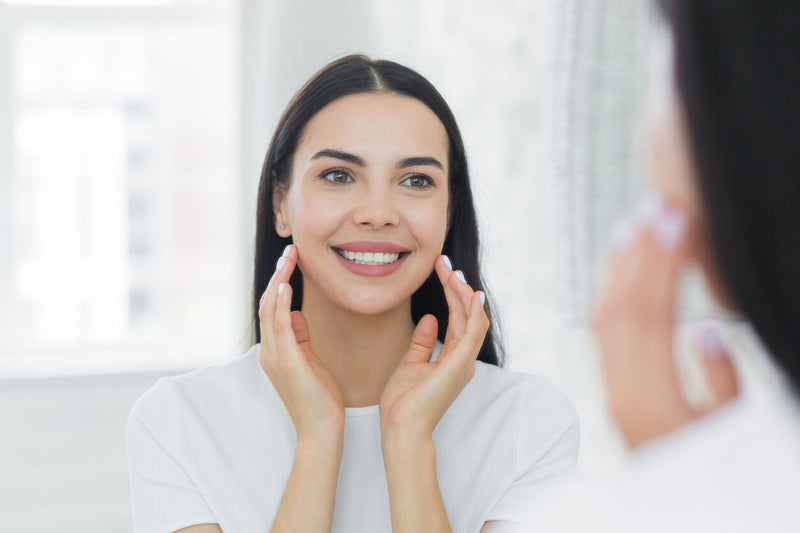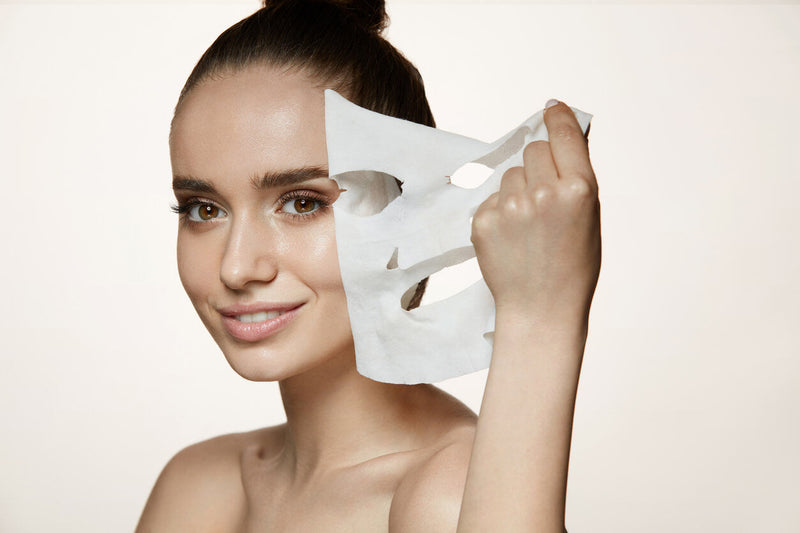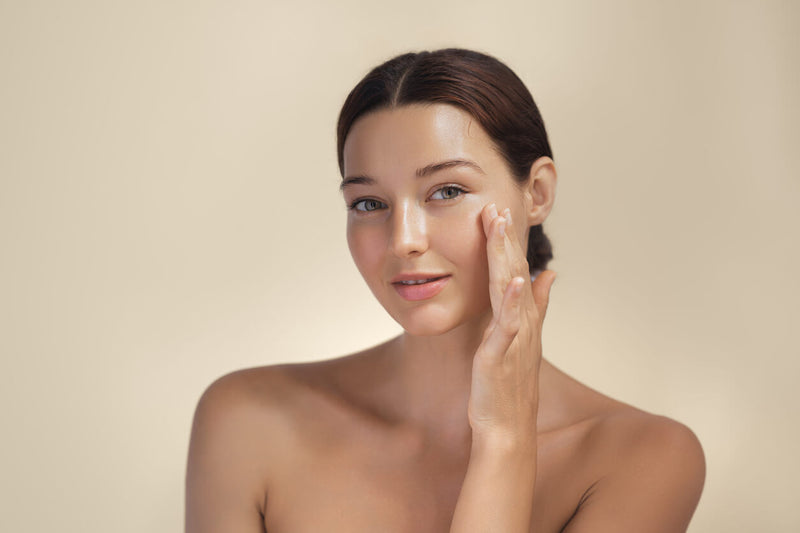

Lack of quality sleep is said to be one of the major causes of under-eye circles. Less sleep leads to decreased oxygen in the eyes, causing the blood vessels to dilate. This can then make the blood vessels darker and become more visible through the skin, resulting in dark under-eye circles.
So, does this mean that getting more slumber will help you get rid of them? Why do dark circles still appear despite a decent night’s sleep? What can you do to lighten this type of discoloration or prevent dark circles from appearing? Read on as we explore the answers to these questions.
Sleep deprivation is not the only cause of dark circles
While not getting enough sleep is a major contributor factor to dark circles, it is not the only one to blame. Below are some of the most common causes of dark circles:
- Genetics – studies suggest that dark circles under the eyes may run in families.
- Aging – the natural aging process causes the skin under the eyes to change and make imperfections such as dark blood vessels more noticeable.
- Allergies – nasal and sinus congestion can cause the blood to pool under the eyes, resulting in dark or discolored circles under the eyes.
- Constant eye rubbing – this, along with scratching, can cause irritation and the blood vessels to break, resulting in dark or swollen under-eyes.
- Hyperpigmentation – can be due to too much sun exposure, which triggers the body to make more melanin. Sun exposure can also make existing dark circles and other types of hyperpigmentation worse.
- Dermatitis – dark under-eyes tend to be more common among those who have atopic dermatitis (eczema) or allergic contact dermatitis. This causes the blood vessels under the skin to dilate, resulting in a darkened appearance.
- Lifestyle factors – stress, smoking, alcohol consumption, dehydration, and too much salt intake can contribute to or worsen dark circles.
Are dark circles a cosmetic or health issue?
In many cases, dark circles are a cosmetic issue and don’t pose serious health threats. As the discoloration under the eyes can make you look tired, sad, or sick, people wish to treat them or reduce their appearance. Common ways to lighten them include using an eye cream, getting more shut-eye, and aesthetic treatments.
There are, however, cases where dark under-eyes can be due to certain health issues. If you have dark circles along with unintentional weight (which can cause the area under the eyes to look hollow and discolored), you may want to consult a doctor. Sudden weight loss may indicate autoimmune conditions, certain cancers, or HIV.
You might also want to see a medical professional if dark circles, eye bags, or hollows occur suddenly or for a short amount of time. It is common for dark circles and other related eye area concerns to develop gradually or due to the natural aging process, so if they occur suddenly, there might be something else going on.
Can you get rid of the bags under your eyes?
There are several things you can do to improve or lighten the appearance of dark circles. These include:
- Use more pillows – this is to elevate your head while sleeping and keep the fluid from pooling under the eyes.
- Use cold compress – using cold spoons or a washcloth dipped in cold water can help constrict blood vessels and therefore reduce dark circles.
- Apply an eye cream – quality eye creams help protect the eye area better and improve signs of aging. Dr. Sylvia’s Espresso Eye Lift is a caffeine-infused formula that can help minimize the look of dark circles, puffiness, and under-eye bags for a refreshed and rested appearance.
- Make some lifestyle changes – using a broad-spectrum sunscreen daily, reducing stress, quitting smoking, and cutting back on alcohol may help improve the appearance of dark circles and your skin quality.
- Adjust your sleep schedule – try to go to sleep between 10 and 11 pm and make sure to get at least seven hours of sleep each night. Make your bedroom relaxing and sleep-friendly to avoid interruptions while dozing off.
- Consider aesthetic treatments – if you’re looking to see significant improvement in the appearance of your dark circles, see an aesthetic doctor. Common aesthetic treatments include chemical peels, dermal fillers, and laser resurfacing procedures.

















